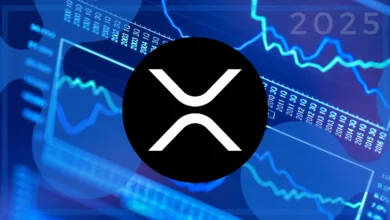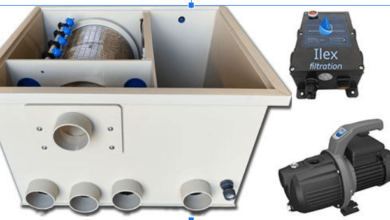Business Bill Payment Systems That Can Upscale Your Business

Bill payments aren’t just admin. They’re where trust, timing, and tools meet. And for most businesses, they’re also where the cracks begin to show. That’s why payment systemsare not just optional — they’re essential. Because if you can’t rely on how your business pays (or gets paid), everything else gets shaky, too.
Even the most streamlined companies have struggled with this. Vendor emails get buried. Invoices are mislabelled. Deadlines are missed. And someone, somewhere, ends up WhatsApping a screenshot of a payment that “definitely went through” but isn’t reflecting.
It’s not that people are careless. It’s that the systems are clunky. Finance teams are stretched. And the tools we use, often designed for consumers, just weren’t meant to handle the complexity of business payments.
But here’s the good news: we don’t have to keep operating this way.
1. What If Paying Bills Didn’t Feel Like a Full-Time Job?
With payment systems, businesses get access to an ecosystem that feels like it actually understands them.
Here’s what changes:
- One dashboard for all payables — no tab-hopping or spreadsheet chaos
- Automated scheduling, so no one forgets a payment again
- Real-time visibility, because guessing is not a financial strategy
- Multi-user access, so roles are respected and approvals are smooth
- Vendor management, without the post-it notes and reminder emails
Suddenly, bill pay stops feeling like firefighting. It starts to feel like a flow.
2. Singaporean Businesses Deserve Better
In a region as fast-moving as Southeast Asia and in a city as competitive as Singapore, the margin for error is small. Delayed payments don’t just damage vendor relationships. They delay inventory, strain credit lines, and trigger unnecessary stress. Companies here are scaling fast. Operating across time zones. Balancing currencies and compliance. They need a payment system that moves as fast and clearly as they do. That’s where solutions like Aspire’s come in, not as luxury but as infrastructure.
3. What Makes It Different? Less Effort, More Control
Let’s break down how this actually helps your finance team, not in abstract terms, but in daily life.
With a proper bill pay system tailored for business, you can:
- Upload invoices directly and let the platform extract details for you
- Auto-categorise payments by vendor, department, or project
- Set approval workflows based on amount, role, or cost centre
- Pay multiple vendors in one transaction
- Avoid late fees through smart scheduling and reminders
All of this, of course, is visible to those who need to see it and invisible to those who don’t. The goal isn’t just to pay faster. It’s to reduce the stress that usually comes with it.
- From CFOs to Ops Leads, Everyone Wins
Every stakeholder benefits when payments are streamlined.
- For founders and CEOs: peace of mind. You know your burn rate, payables, and commitments in real-time, not after month-end chaos.
- For finance heads: clean audit trails, cleaner books, and fewer manual reconciliations.
- For ops leads: the ability to pay vendors promptly, track delivery timelines, and build reliable relationships.
- For employees: fewer bottlenecks and less time wasted on approvals and follow-ups.
It’s not just about tech. It’s about trust.
5. It’s Not Just Faster — It’s Smarter
The real strength of modern platforms lies in their ability to learn and guide.
With modern finance tools, for example, that of Aspire payments, over time, the system understands your payment patterns — when you typically pay certain vendors, how often, and on what terms. It begins to pre-empt delays. It encourages you toward more efficient choices. It flags inconsistencies before they become problems. Finance, then, stops being reactive. It becomes proactive.
6. Designed for the Realities of Business in Asia
Most platforms that try to handle bill pay are either too simple (built for personal use) or too bloated (built for multinationals with complex ERP needs).
What companies in Singapore often need is something in the middle:
- Sleek, intuitive UX
- Support for multi-currency payments
- Local compliance built-in
- Clear audit logs
- Seamless accounting integration
7. Small Changes, Big Impact
No one’s asking you to overhaul everything overnight. But if your team is still drowning in spreadsheets, if you’re still manually reconciling vendor payments at 9 p.m., if month-end feels like a battle instead of a check-in, it might be time to change something. A smarter bill pay system isn’t nice to have. It’s a sanity tool. It’s a structure that scales with you. It’s one less thing to worry about. And in this economy? That’s worth everything.
Final Thought:
Business is hard. Finance doesn’t have to be. With automated payment tools like Singaporean businesses can reclaim time, build trust, and breathe easier — all without losing visibility or control. Because how you move money matters. And when that movement is smooth, everything else starts to move better, too.




